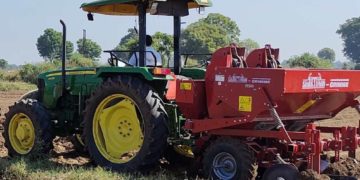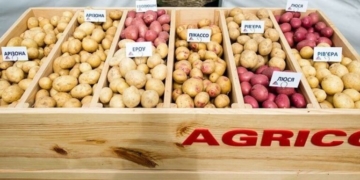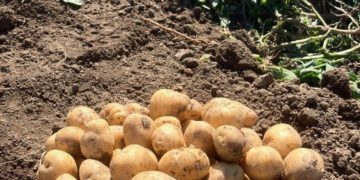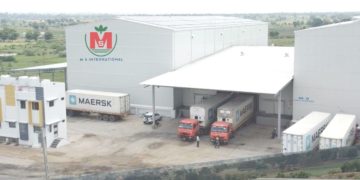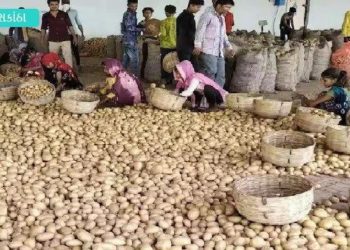As the summer heat recedes and moisture returns to the air, farmers in Bihar are gearing up for the potato planting season. Dr. Anil Kumar Singh, a renowned scientist at Krishi Vigyan Kendra in Hariharpur, Vaishali, Bihar, shares valuable insights on maximizing potato yields through proper cultivation techniqu
According to Dr. Singh, the ideal time for potato sowing begins as soon as summer ends and the weather becomes more humid. This moisture-rich environment creates favorable conditions for potato cultivation.
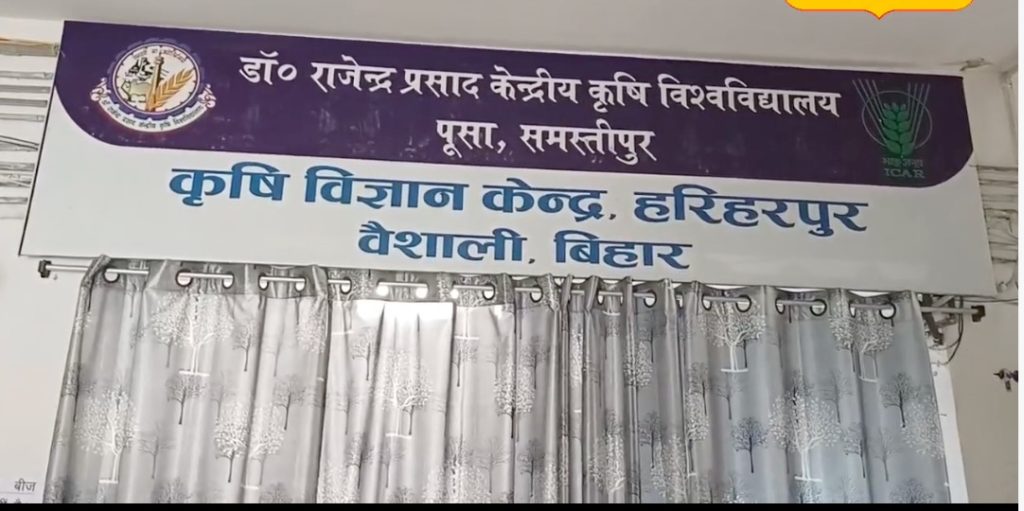
Before sowing, Dr. Singh emphasizes the importance of thorough field preparation:
- Plow the field multiple times to improve soil structure and adaptability.
- This repeated plowing helps in better root penetration and overall plant growth.
The Crucial Role of Compost
Make sure to put compost in the field before sowing
Dr. Singh strongly recommends adding organic matter to the soil:
- Apply 2.5 to 3 quintals of compost per hectare before the final plowing.
- This enriches the soil with essential nutrients and improves its structure.
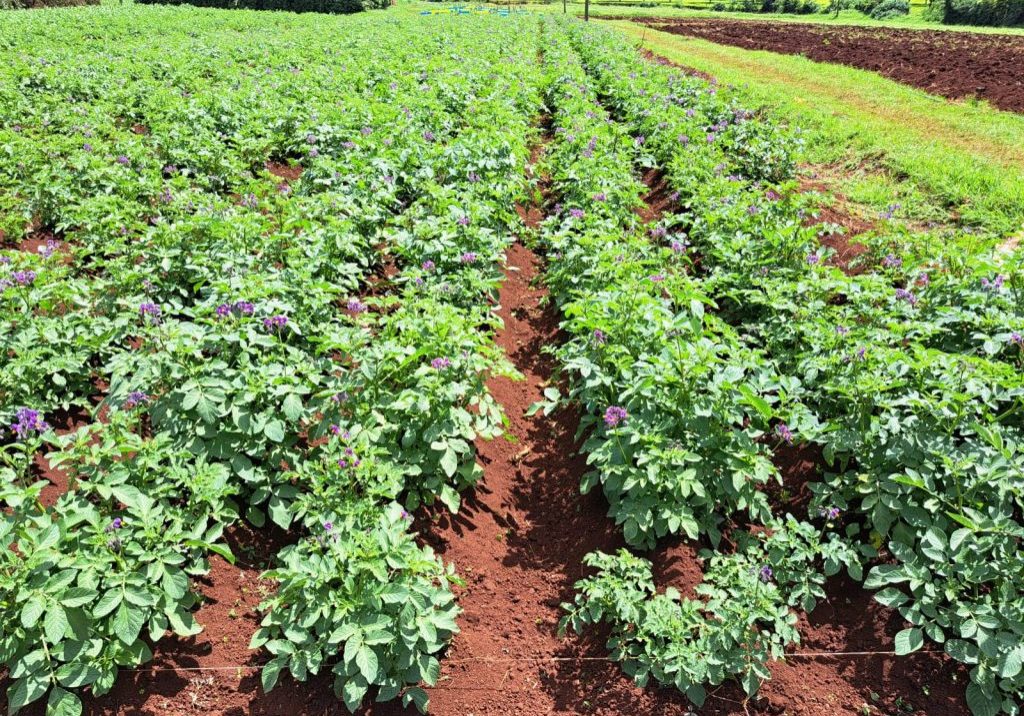
Balanced Fertilization for Optimal Growth
Dr. Singh provides specific guidelines for fertilizer application:
- Add 10 to 15 kg of borate per hectare along with the compost.
- Apply 100 to 150 kg of nitrogen per hectare after the final plowing and before sowing.
- Incorporate 60 to 100 kg of phosphorus per hectare into the soil.
- Use potash, a key nutrient for potatoes, at a rate of 120 to 150 kg per acre.
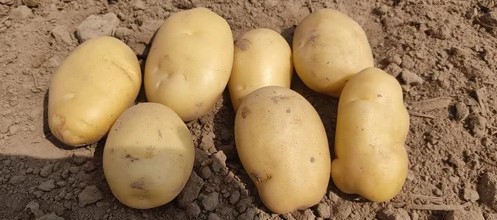
The Science Behind the Recommendations
Dr. Singh’s advice is based on scientific understanding of potato crop requirements:
- Nitrogen promotes leafy growth and overall plant development.
- Phosphorus is crucial for root development and energy transfer within the plant.
- Potash enhances disease resistance and improves the quality of potato tubers.
- Borate plays a vital role in cell wall formation and overall plant health
Dr. Anil Kumar Singh’s expert advice on soil preparation, timing, and balanced fertilization, potato farmers in Bihar can significantly improve yields. These scientifically-backed practices not only enhance productivity but also contribute to sustainable agriculture in the region.


